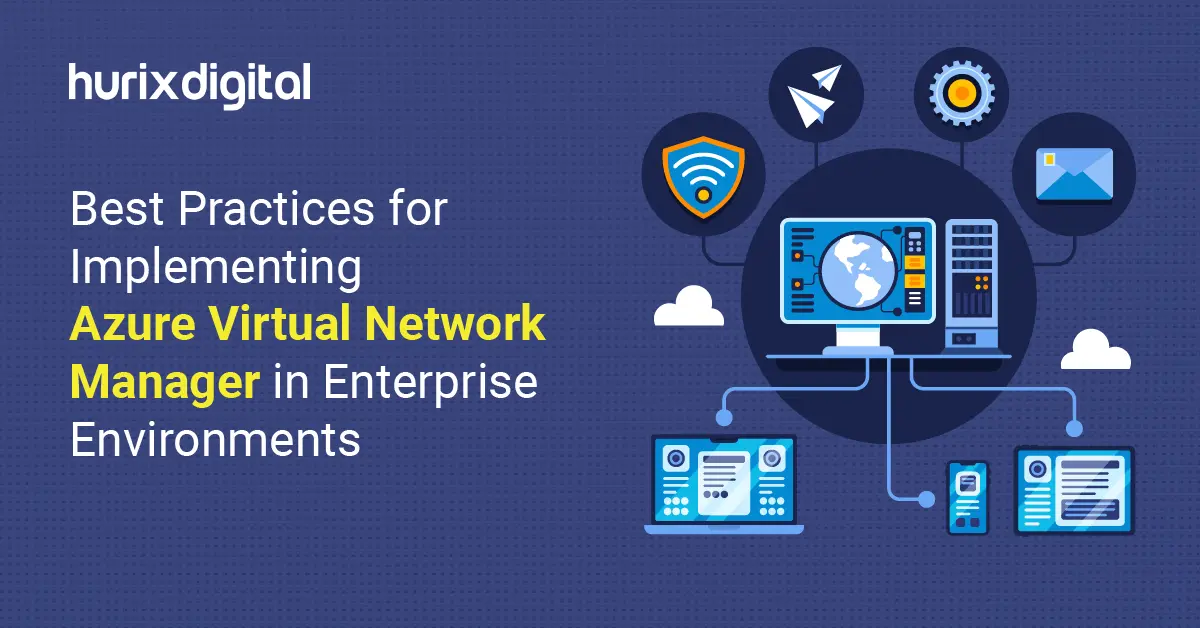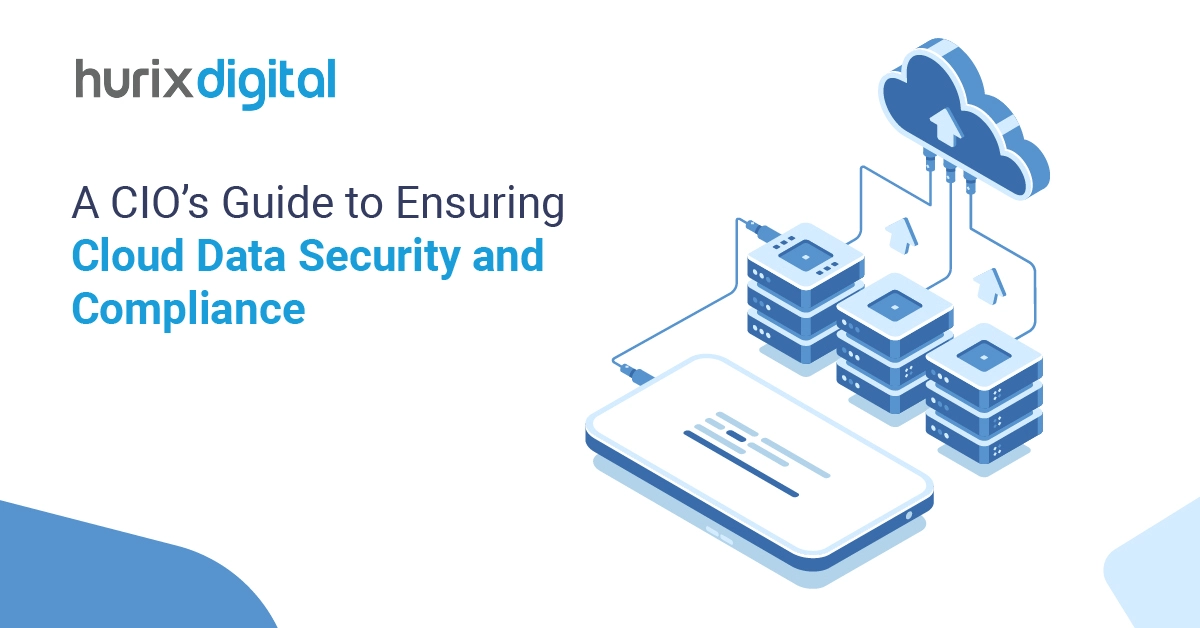
Embracing the Cloud: Migrating Your Hyper-V Infrastructure to Microsoft Azure
Summary
This article outlines the challenges of maintaining on-premises infrastructure and how migrating to Azure using Azure Migrate can help optimize costs, security, scalability, and efficiency.
Operating an on-premises infrastructure entails a labyrinth of vendor coordination and meticulous monitoring, consuming valuable time and resources. The intricate web of maintaining various components necessitates constant vigilance, diverting attention from core business functions.
The financial toll of this upkeep is steep, with expenses encompassing hardware procurement, maintenance, and upgrades. As organizational needs evolve, scalability becomes a pressing concern, often requiring hefty investments in additional hardware to accommodate growth. Moreover, ensuring the security of on-premises infrastructure imposes a substantial burden on the IT team, demanding constant vigilance against potential vulnerabilities and threats. This perpetual cycle of maintenance and security oversight imposes significant strains on resources and inhibits operational agility.
Table of Contents:
- What is the Best Option?
- Looking for a Better Approach?
- Why Azure Migrate?
- How Can Businesses Benefit?
- What are the Industry Trends?
- Conclusion
What is the Best Option?
Migrating to a cloud-based solution is a strategic goal that has been increasingly adopted by many companies. This approach offers a cost-effective and reliable alternative to traditional on-premises infrastructure, allowing companies to optimize their hardware resources, and improve scalability, and overall efficiency. By leveraging the flexibility and advanced capabilities of cloud technology, companies can streamline their operations, reduce costs, and remain competitive in a rapidly evolving technical world.
Also Read: How MLOps in Azure Is Driving Business Innovation?
Looking for a Better Approach?
We recommend starting your cloud journey with Azure cloud services, as they offer a comprehensive and robust platform. Azure Migrate, a Microsoft native tool stands out for its ability to streamline the entire migration process, including modernization and optimization of services within Azure. This tool simplifies pre-migration tasks such as discovering existing infrastructure, conducting assessments, and right-sizing on-premises resources for infrastructure, data, and applications. Using Azure Migrate, you can efficiently transition your Hyper-V infrastructure to Microsoft Azure.
Why Azure Migrate?
By utilizing the Azure Migrate tool, we can thoroughly evaluate the compatibility of on-premises servers with the Azure subscription going to be. This tool analyses the performance history of on-premises virtual machines (VMs) to offer correct recommendations for their Azure counterparts, along with estimated costs for operating these servers on Azure. Additionally, Azure Migrate identifies dependencies among on-premises machines, enabling the creation of move groups. These groups ensure that machines with interdependencies are assessed and migrated together, facilitating a smooth and efficient transition to Azure.
1. Prerequisites
- Business enterprises should have a Hyper-V host with good hardware resource capacity.
- The person performing migration should have Administrator permissions on the Hyper-V host.
- Hyper-V Host should have an OS later than Windows Server 2012 R2.
- Dot NET Framework 4.7 or later.
- Port access: Outbound connections on HTTPS port 443 to send VM replication data.
2. Azure Migrate Process Overview
- Deploy Azure migrate appliance in your Hyper-V infrastructure.
- Establish connectivity between On-premises infrastructure and Azure environment through HTTPS 443 port.
- Below is the architecture diagram for reference.
3. Migration Preparation
- Enterprise undergoing migration needs an Azure subscription.
- The respective Azure account needs permission to create a VM, write to an Azure-managed disk, and manage failover operations for the Recovery Services vault.
4. Migration
- Run the discovery and assessment from the Azure portal using Azure Migrate.
- Below is the reference diagram.
5. Azure Site Recovery Registration
- Run the test migration, to verify the basic functionality of virtual machines and applications hosted.
- Take business approval to perform the final cutover.
- Migrate Virtual machines to the cloud.
How Can Businesses Benefit?
Once the on-premises infrastructure hosted on Hyper-V is migrated to Azure, companies undergone migration will benefit in many aspects. These include optimized costs, as cloud solutions often reduce the need for expensive hardware and maintenance. Compliance is enhanced through built-in features that help meet compliance requirements of different audit standards.
Security is intensified with advanced, multi-layered protection against recent threats. The cloud also offers unparalleled flexibility and scalability, allowing companies to resize resources quickly to meet changing demands. In addition, companies can experience better RTO and RPO, minimizing downtime and data loss. Simplified management and monitoring tools streamline operations, making it easier to oversee and maintain the IT environment efficiently
What are the Industry Trends?
Following the migration of its primary business infrastructure from on-premises to Microsoft Azure Cloud, the respective companies have undergone significant transformations. Notably, the company has achieved a remarkable reduction in infrastructure costs, leveraging the cost-efficient nature of cloud computing compared to traditional on-premises setups. In addition, the migration has led to a noticeable increase in system uptime, reaching an impressive 99.99%, indicative of the robust reliability offered by the Azure Cloud platform. In tandem with uptime improvements, the enterprise has also seen a noteworthy reduction in security risks, with a notable 55% decrease.
This reduction underscores the enhanced security protocols and measures inherent to Azure’s infrastructure, bolstering the company’s overall cybersecurity posture and instilling confidence in its operations.
Also Read: Build Resilient BCDR Plans with Cloud-Managed Services
Conclusion
This article gives a short overview of migrating Hyper-V VMs to Azure using Azure Migrate, Azure Migrate also allows the migration of VMware VMs, physical hosts, and servers running on other cloud platforms. This makes Azure Migrate a flexible solution for any environment.
Contact Hurix Digital’s Cloud Managed Services experts to discuss your needs and embark on a journey towards enhanced infrastructure, improved business intelligence, and better decision-making.

Vice President and Strategic Business Unit Head – Cloud Services
A top technology management voice on LinkedIn with 20 Years of experience in Information Technology, Cloud Services, Digital Transformation, Application Modernisation, Managed Services, IT Security Engineering and Operations Management. An avid technology Leader, Leadership Speaker, Author & Coach.







